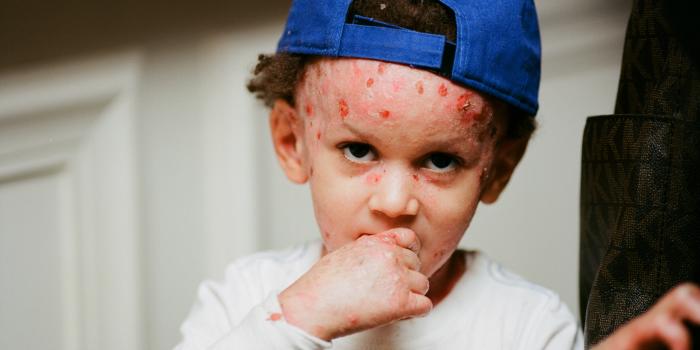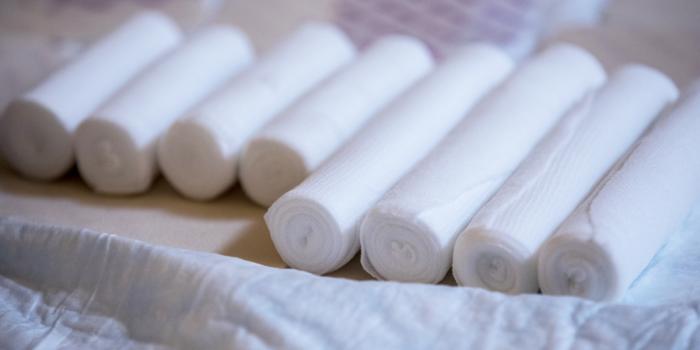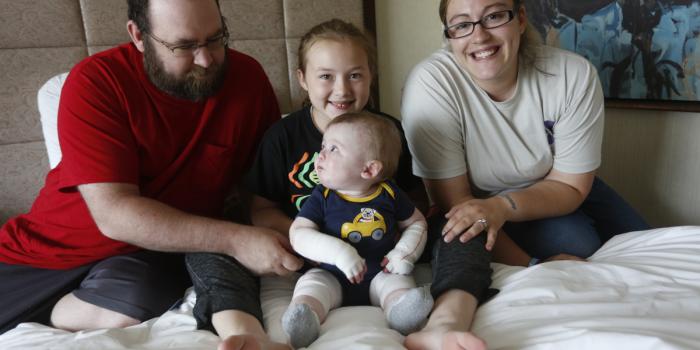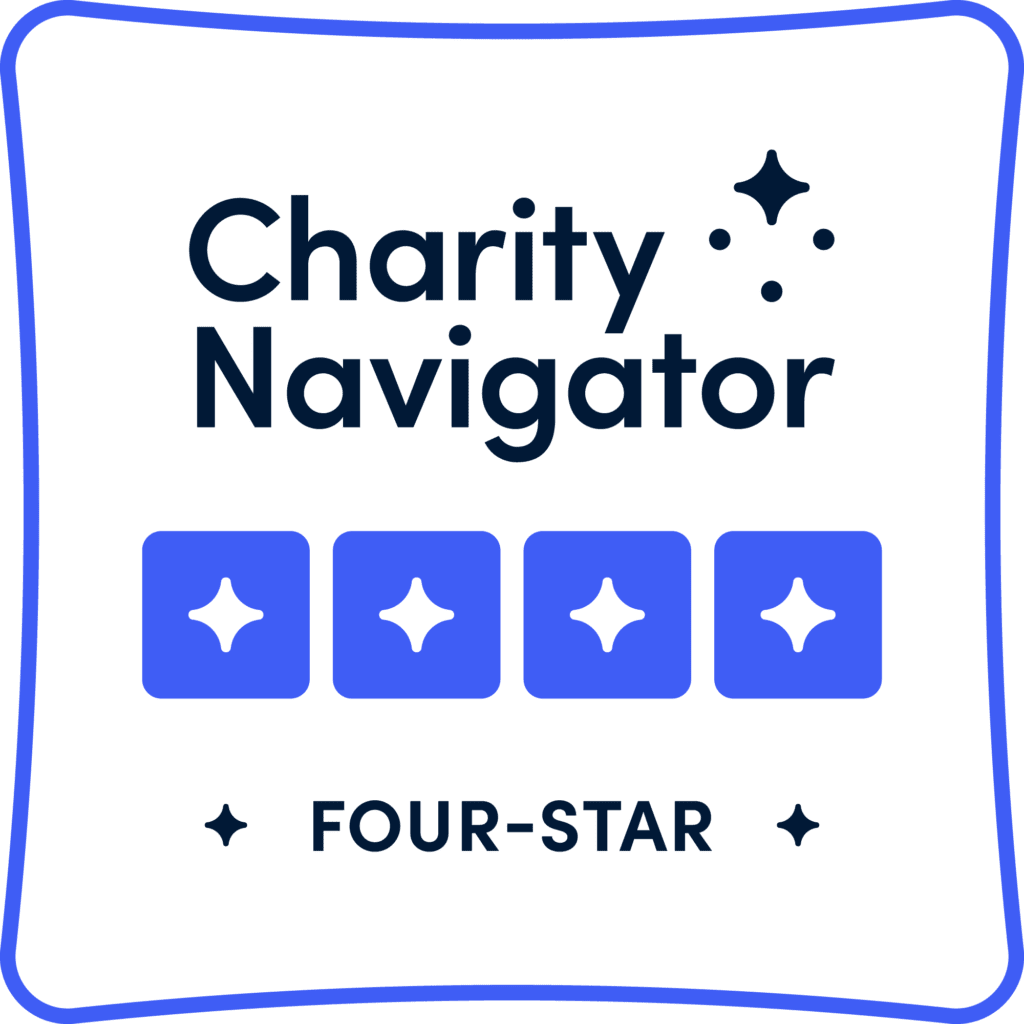*CLICK HERE TO DOWNLOAD A PDF VERSION OF THIS PAGE.
Bathing for people with Epidermolysis Bullosa (EB) is an important way of maintaining good health and protecting from infections and illnesses.
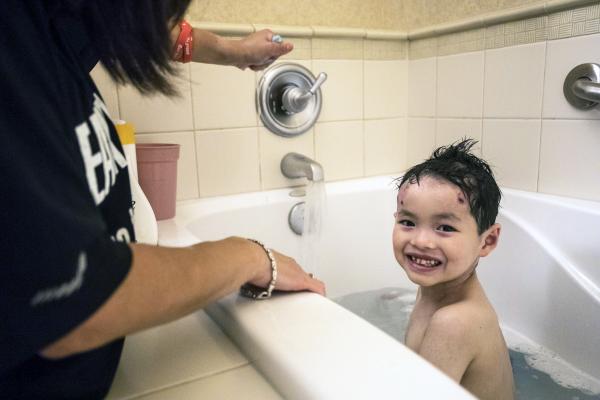
For those with EB, skin may be cleaned with a variety of gentle cleansers such as Dove soap, Hibiclens, or saline-based solutions. Many with EB also use additives in their bathwater. This includes salt, bleach or vinegar. It is important to have the additive mixed in with the tub water prior to the individual entering the water. Skin should be cleansed daily.
Initially, for infants who cannot yet sit up, sponge baths may be preferred. It may also be necessary to wash and rewrap one limb at a time to prevent the infant from rubbing one limb against another, causing skin damage.
Older individuals can sit on a bath sponge in the bath tub. In some cases, it may be easier on the individual to remove dressings while soaking.
Salt Baths for EB
In order to lessen the sting of bathwater, it is recommended that salt be added to the bathwater to create a pH neutral or isotonic solution.
Add 2lbs of salt to 40 gallons of tub water, or a half-filled bathtub. The amount of salt added should be adjusted to the amount of water in the tub.
- Add 5 teaspoons of salt to each gallon of bath water used.
- Pool salt is inexpensive and can be purchased in pool stores and larger retail stores during the spring and summer months. Bulk purchase will reduce the cost.
- Rinsing with clear water after bathing is not necessary as it is not thought that salt water will increase itching, as happens after bleach and vinegar baths if not thoroughly rinsed with clean water.
- Table salt may be used
Special Thanks to Kim Hazelbaker, RN, Sue Rowe, RN, and Jean Whalen, RN of Cincinnati Children's Hospital Medical Center's EB Center, and Sharon Cassidy, RN, EB Nurse Specialist of DebRA New Zealand, for their assistance in the preparation of this section.
Bleach or Vinegar Baths for EB
Why use Bleach or Vinegar? Bleach or vinegar may be added to bathwater in order to lower the amount of bacteria on the skin of an EB patient. Bleach and Vinegar may be alternated, but should never be used together in the same bathwater. **Generally, these additives are NOT recommended under age 1 year.**
**BLEACH MUST BE DILUTED**
- Dilute ½ cup bleach in full bathtub of water
- ¼ cup bleach in ½ bathtub of water
- Mix 1-2 teaspoons bleach in 1 gallon of water for compresses
General bleach bath recommendations (no established clinical guidelines):
- Two - four times a week for 5-15 minutes each
- Rinse with water after dilute bleach-otherwise itching can worsen
WARNINGS:
- Generally, not recommended under age 1 year
- DO NOT SWALLOW, DO NOT SPLASH IN EYES, DO NOT DRINK
- Keep out of reach of children
- Keep in labeled child safety proof bottle
- Dilute prior to contact with skin
- Do not store in beverage containers
- Do not mix with acid or ammonia
- Know your poison control number
- For 5% acetic acid: mix 1 part vinegar to 20 parts bath water
- For 3% acetic acid: mix 1 part vinegar to 12 parts bath water
- Soak a non-stick gauze in diluted vinegar preparation
- Apply to skin as a compress
- Rinse with water after applying the diluted vinegar preparation
The use of vinegar has been found to be:
- Useful against gram negative bacteria such as pseudomonas
- Useful against yeast
- Excellent bactericidal activity against: Pseudomonas aeruginosa Pseudomonas vulgaris Acinetobacter baumanni
**White Vinegar comes in both 3% and 5% solutions. Both types of Vinegar MUST BE DILUTED**
Excerpt from Wound Antisepsis and Your Grocery List by Kimberly Morel, M.D. (Asst Professor of Clinical Dermatology & Clinical Pediatrics). This information was presented at the 2010 Patient Care Conference.
*Please note that all medical information given by debra of America is for informational purposes only. Our information is not intended to substitute the care and guidance given by a qualified physician. All regimens of care should be discussed with the patient's occupational or physical therapist. Always check with your physician prior to starting any medications or treatment regimens.


